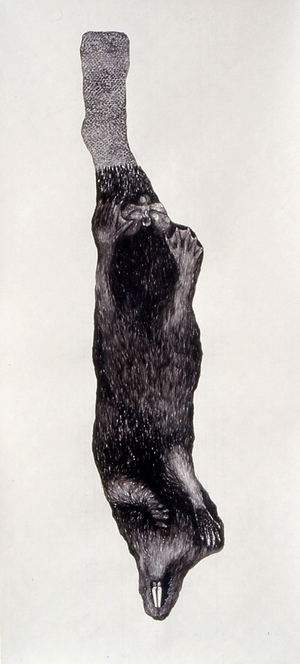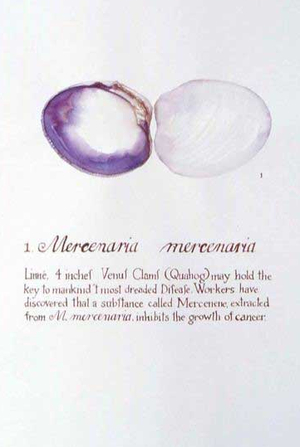


Beaver, Wampum, Hoes at 16 Beaver
What: presentation / discussion
Where: 16 Beaver Street, 4th floor
When: Friday Night 1.09.08 @ 7:00 PM
Who: Open To All
This week we’re excited to begin 2009 with an event that takes up the 400th anniversary of Dutch colonialism in what we now know as New York City. This event also arrives, with more specificity, as the long-awaited answer to the origins of the Beaver in Beaver Street. So, we welcome Renée Ridgway and Sal Randolph, two artists/other professional things who have been a part of past discussions and events at Beaver, as well as welcome back David Graeber, to discuss research, concepts, and projects addressing the historical transformation of gift economies into commodity economies, including debt, that made capitalism possible. Finally, it should be made clear that all of this work seeks to address contemporary New York and beyond by thinking through the current financial crisis, debt economies, and alternative systems of value.
Beaver, Wampum, Hoes
On April 4, 1609 Henry Hudson set sail from Amsterdam on a Dutch ship under the auspices of the Dutch East India company in order to find a passage to Asia. Instead he founded a settlement (West Indian Company) for the Dutch on the tip of Manhtattan (Museum of American Indian, near Beaver Street), a trading post exporting beaver pelts back to the old world because it was fashionable to make hats out of them. The company exchanged Europan goods (hoes, kettles, etc.) for
wampum with the indigenous population living on Long Island, the Narragansett. They then traded the acquired wampum for beaver pelts with the Mohawk, part of the larger Haudonausaunee (Iroquois Confederacy) or Six Nations.
Beaver, Wampum, Hoes is an online, multimedia platform that focuses on 400 years of Dutch colonization in NY. It uses the 17th c. trade triangle (Beaver, Wampum, Hoes) as the thread that weaves anecdotes with facts in an attempt to ask broader questions about the affects of colonization and the largest imminent questions (land) concerning taking account of this history. In the 21st century beavers are back in town, Native American casinos provide an alternative yet controversial signature of financial support, hoes a homonym comprised of European goods as well as human commodity. Beaver, Wampum, Hoes measures accountability through a heterogeneous, collective exchange system.
Beaver, Wampum, Hoes is the latest installment of Ridgway’s nine-year ‘Manhattan Project’. Frequently involving audience participation along with the physical and intellectual recycling and reinscription of historic as well as contemporary positions, this project investigates the commonalities between the Netherlands and the U.S. Presented in public spaces and using an extension of this methodology on different materials/subjects, such as deerskin, flags, tulip bulbs, money/investment, speech, beaver, wampum, hoes, silver and gold, all are ‘killed’ and reconstituted as raw material that is particular to the colonization of North America. The ‘Manhattan Project’ may be seen as a kind of contemporary barometric reading of the cultural, economic and political relations between these two countries.